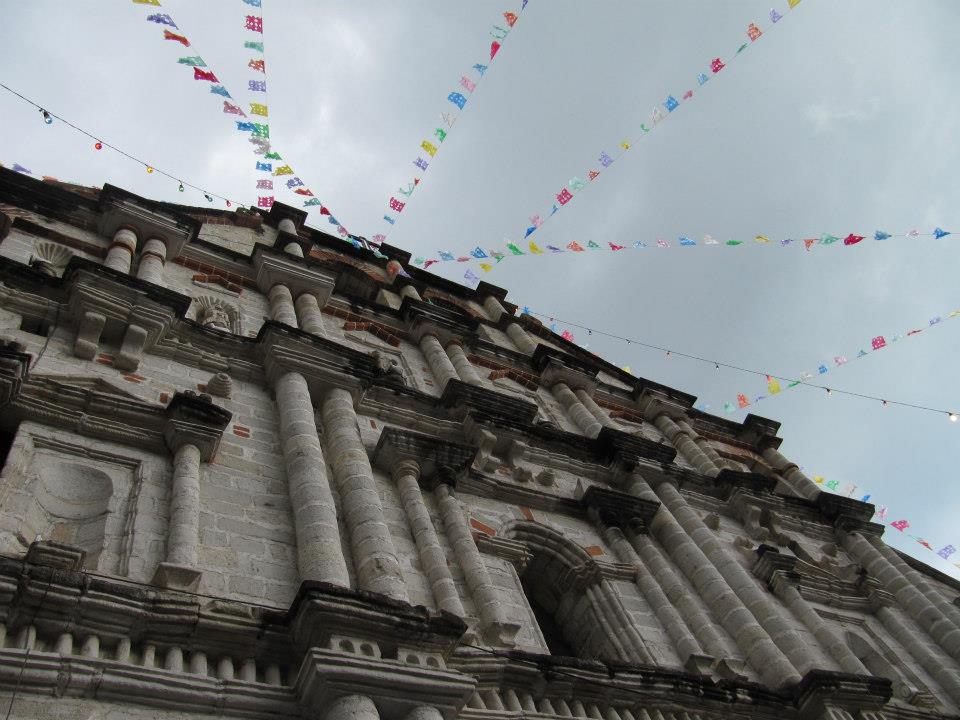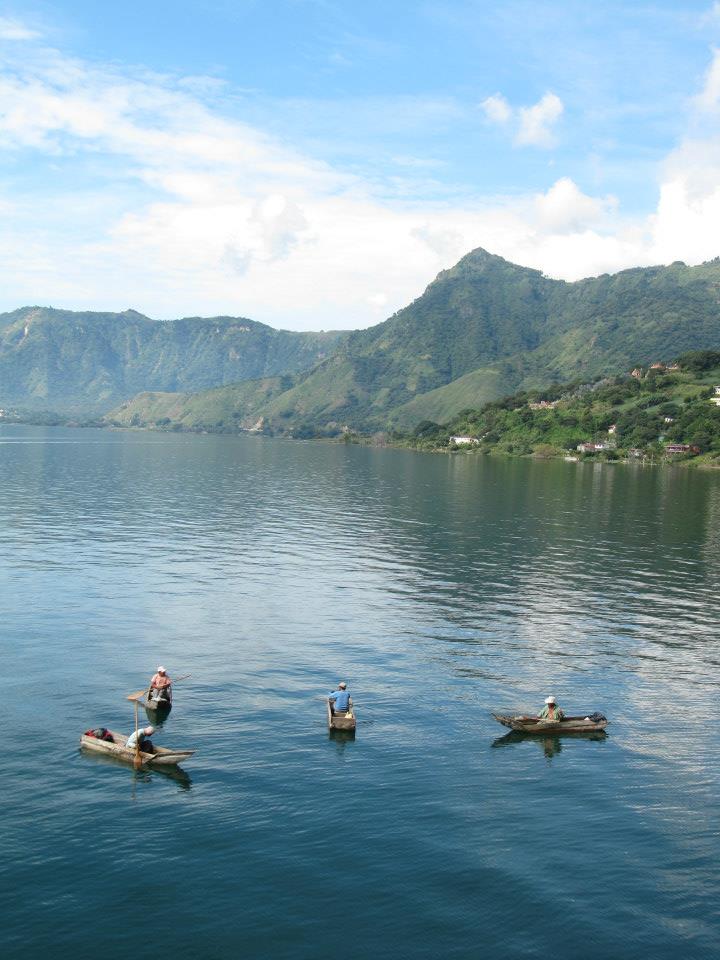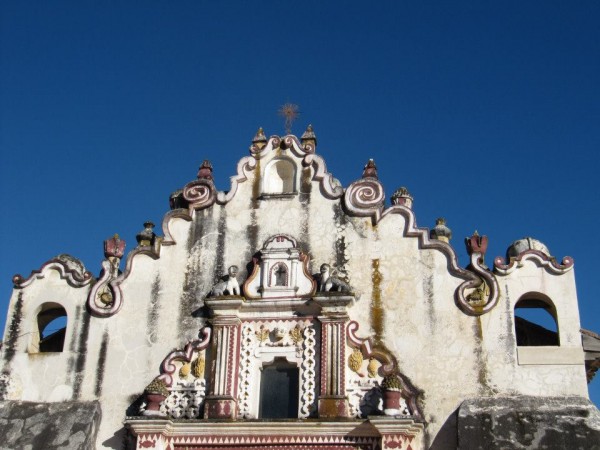“Donde esta Dios? That’s what I think,” says Luis.
The bursting of raindrops on the stone streets lulls, then furies. This is the third hour of the second storm of the day and we pull our sweatshirts higher around our necks in the open café, cupping our hands around our hot beverages. Outside, the rain tramples through the thick bushes releasing the spicy and sweet scents of Jerusalem sage, wild purple basil, and delicate white blossoms I haven’t learned the names of in Spanish, or English. A lightning flash reflects off the corrugated tin roof next door. Here, miles from my own family and the religion of my youth, I hesitantly confess I have the same question. Where is God?




